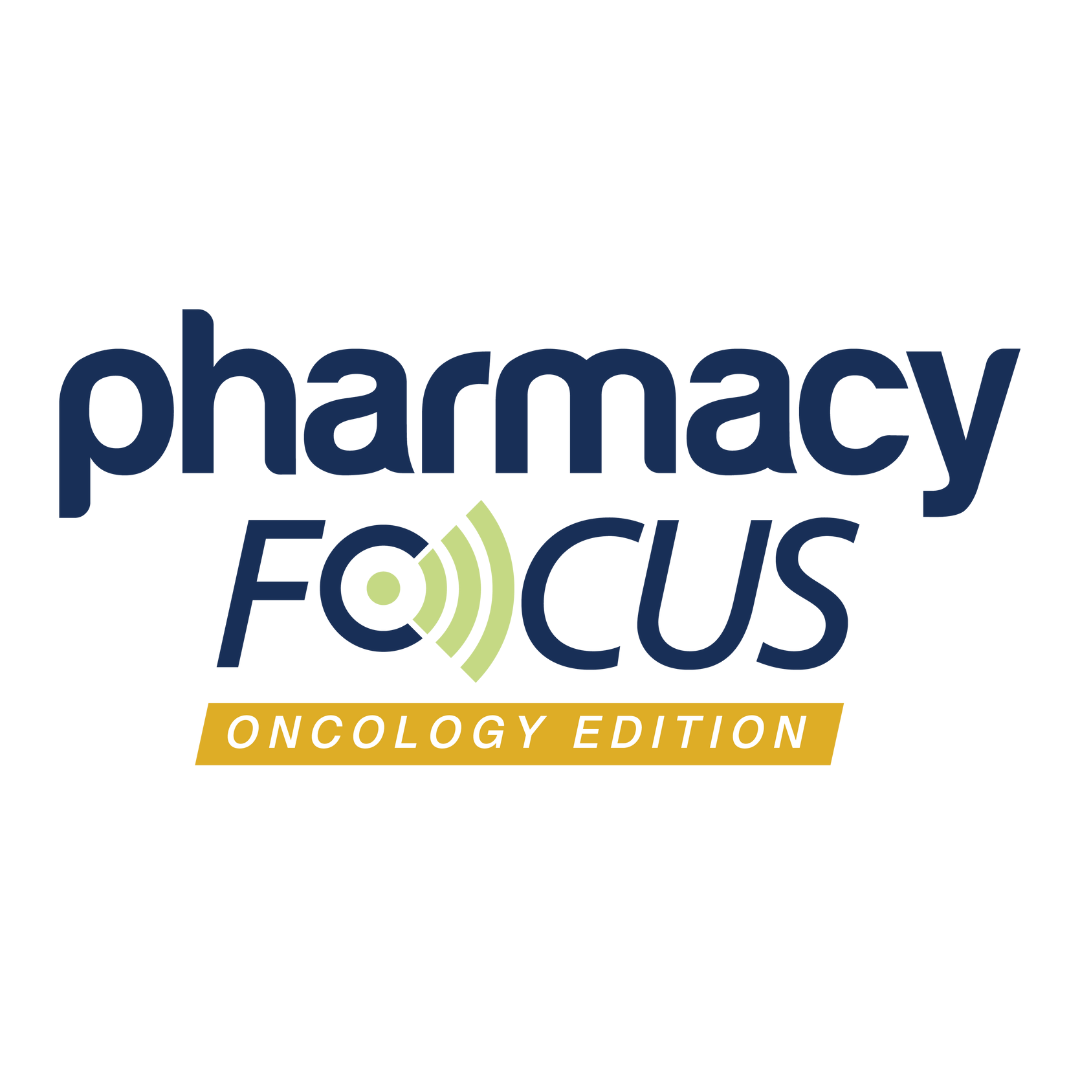Article
Resource Provides Answers On Milk Thistle
Author(s):
Milk thistle, which contains an active component called silymarin, has been used for centuries for disorders of the liver, and bile duct.
The PDQ Integrative, Alternative, and Complementary Therapies Editorial Board has revised and published a new patient summary describing the use of milk thistle in cancer. Available for free online, the summary covers many questions that patients have about milk thistle.
Milk thistle, which contains an active component called silymarin, has been used for centuries for disorders of the liver, and bile duct. Silymarin is not one compound, but a combination of several components. Researchers believe that one of these components, silybin, is most important.
Usually taken orally as a capsule, researchers have studied this supplement in several types of cancer. The summary describes research completed in acute lymphoblastic leukemia; and prostate, breast, and head and neck cancers. Some of the studies described are quite small, but in general, research has found that supplementation with silymarin seems to decrease certain adverse effects of chemotherapy treatment. Two studies indicate that in patients who are treated with radiation, silymarin supplementation may decrease skin rash or mucositis.
One of this summary's strengths is its rollover feature. Patients who read this summary can roll over words and phrases that are underlined, and reach a link that provides definitions.
As would be expected in a patient summary, the document describes potential adverse effects. The authors note that most patients experience no adverse effects, and those that do (usually patients who consume high doses) may experience gastrointestinal advese effects, including diarrhea, heartburn, nausea, or vomiting.
An interesting fact included in this summary is that, in Europe, silybin is available as an intravenous injection, and used to treat toxicity pursuant to ingestion of the deadly mushroom Amanita phalloides.
Of note, this summary links electronically to the healthcare professional summary that the committee revised and published in 2017. This document contains considerably more information about silymarin. Specifically, it discusses its ability to stabilize cell membranes, stimulate enzyme synthesis and activity in detoxification pathways, and neutralize a wide range of free radicals. Both of these documents are well written and easy to read, presenting information in a way that's educational and likely to be retained.
Reference
PDQ Integrative, Alternative, and Complementary Therapies Editorial Board. Milk Thistle (PDQ®): Patient Version. 2018 Apr 4. PDQ Cancer Information Summaries [Internet]. Bethesda (MD): National Cancer Institute (US); 2002. http://www.ncbi.nlm.nih.gov/books/NBK65841/. Accessed April 27, 2018.
Newsletter
Stay informed on drug updates, treatment guidelines, and pharmacy practice trends—subscribe to Pharmacy Times for weekly clinical insights.






